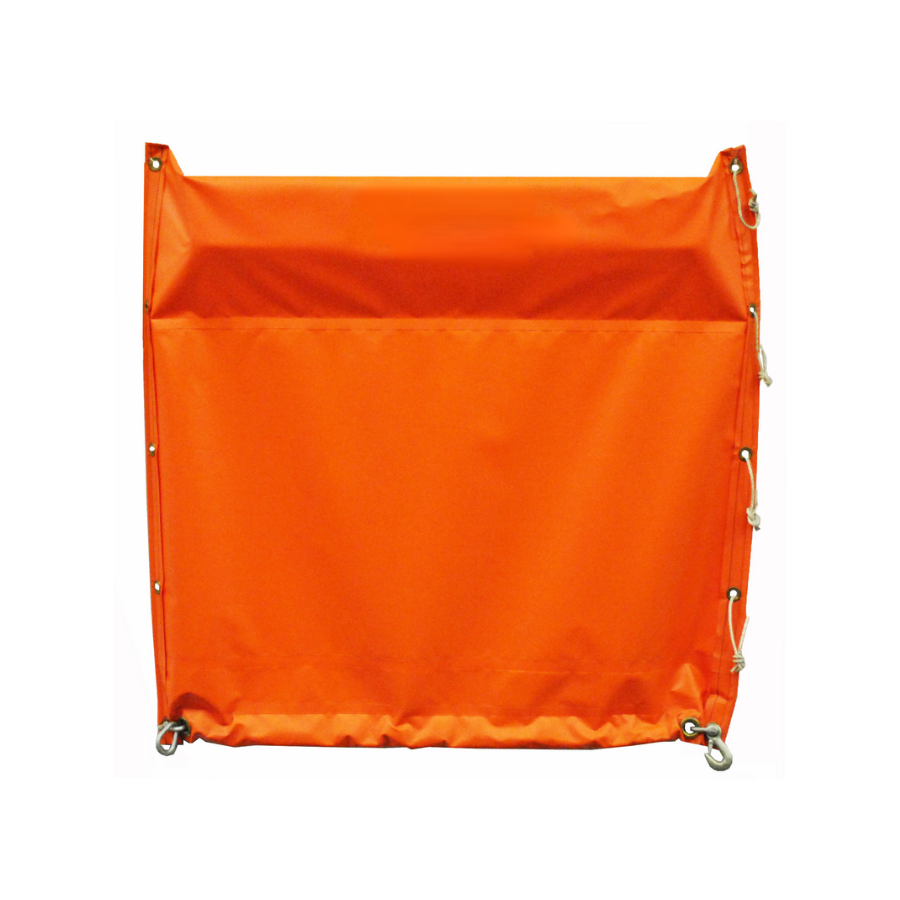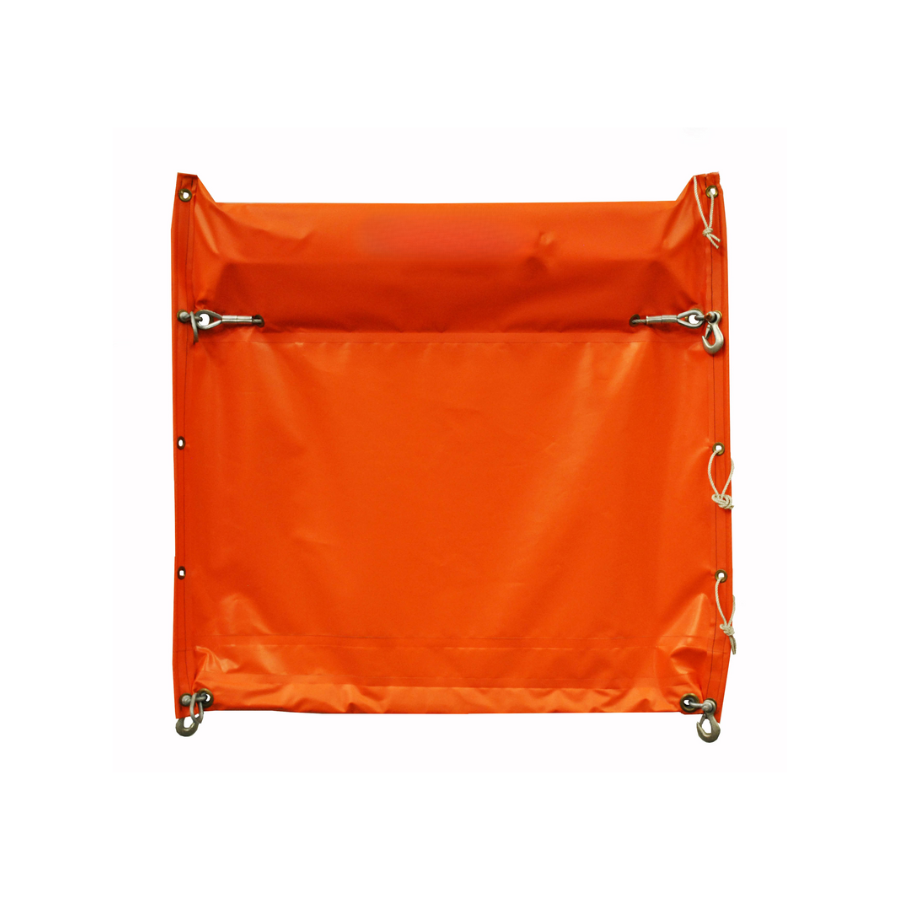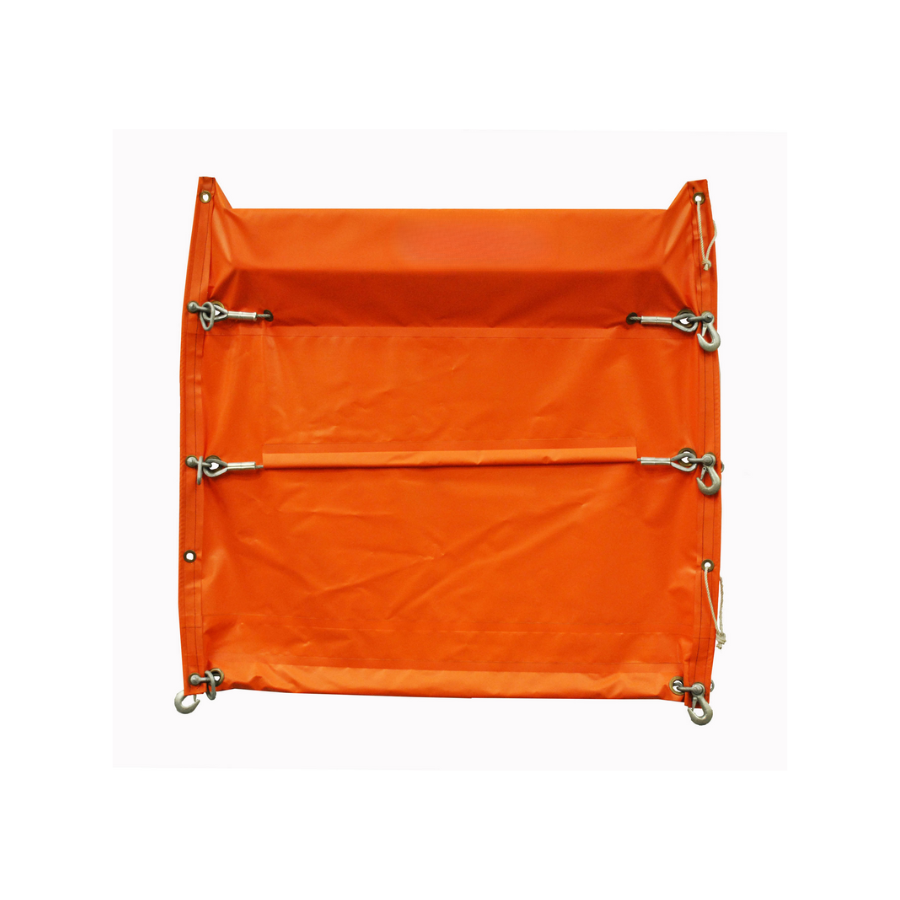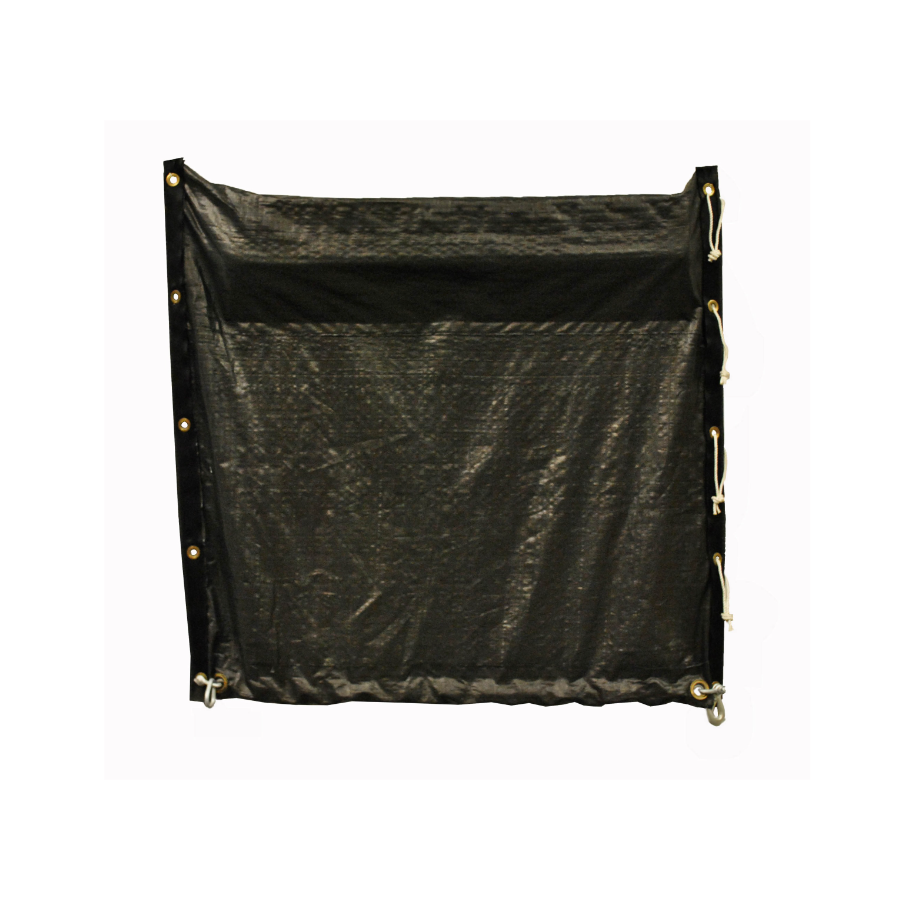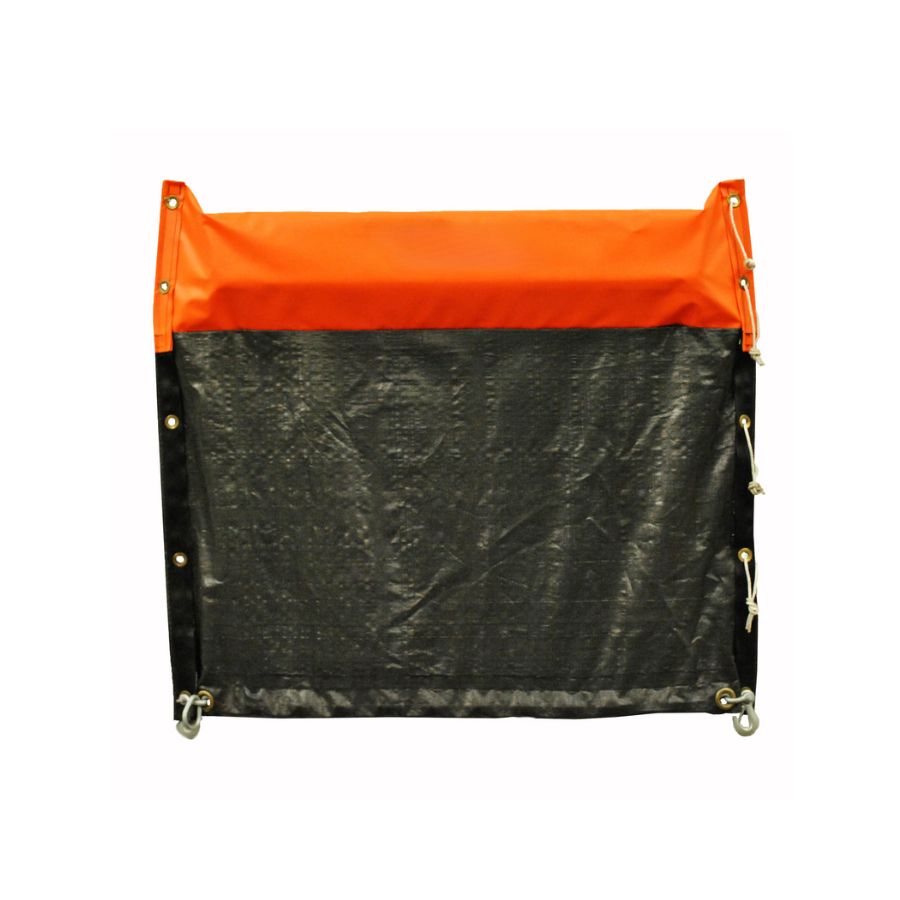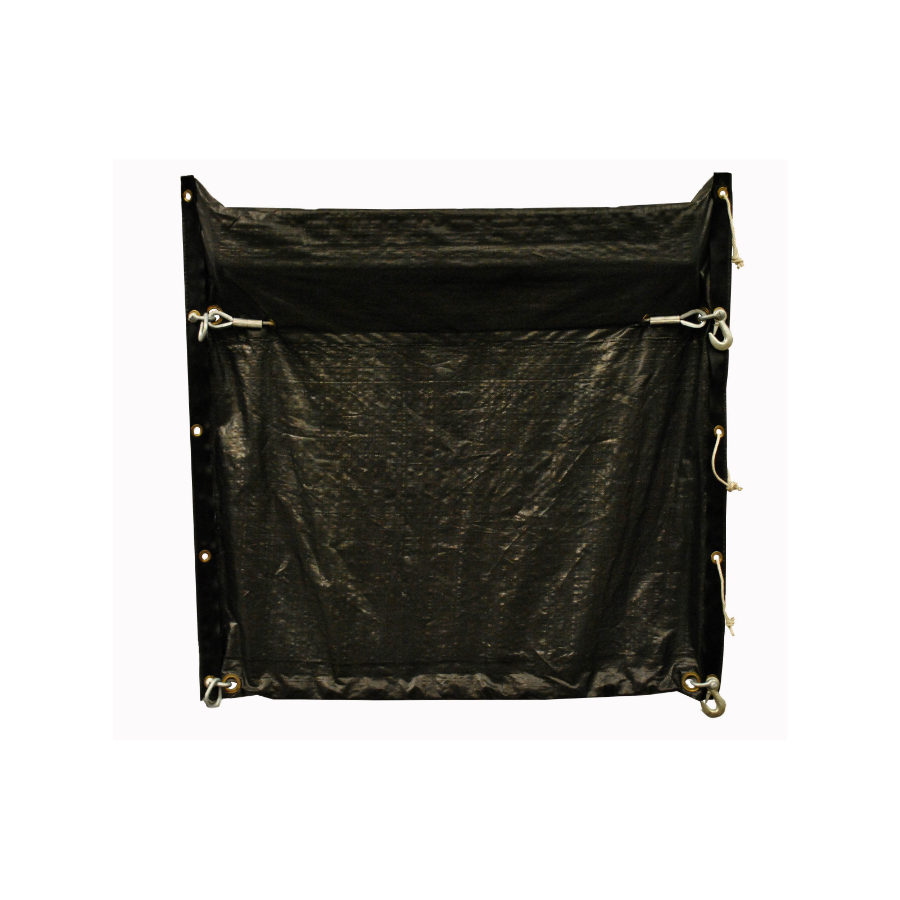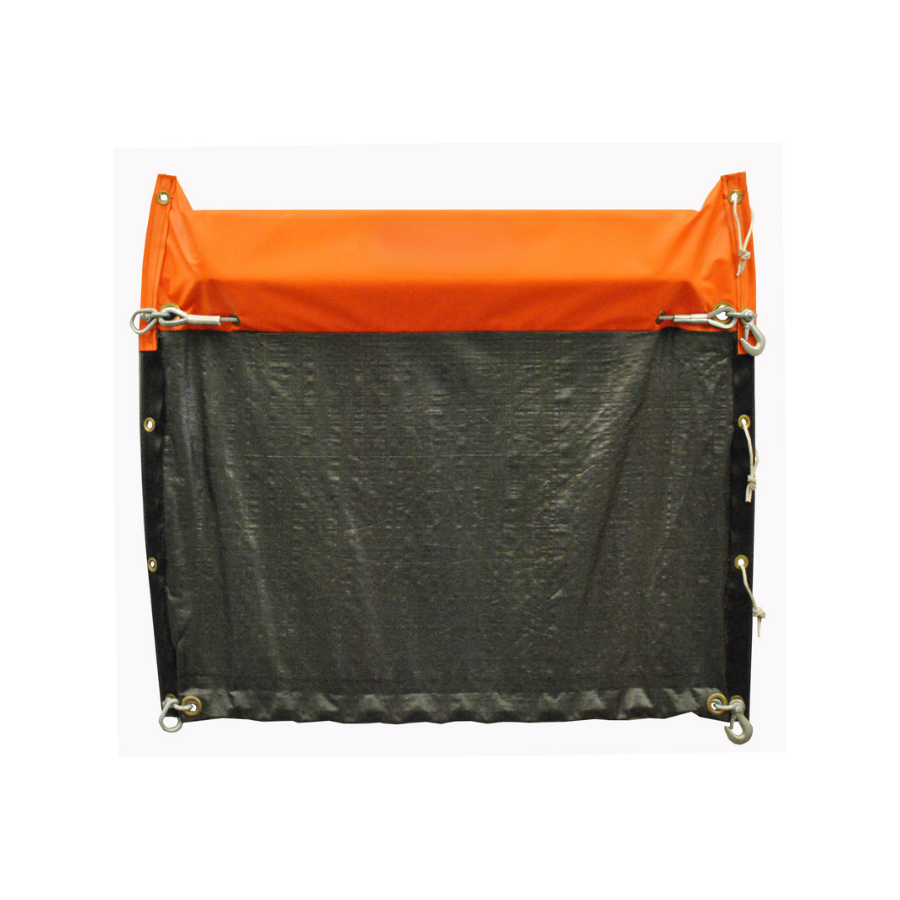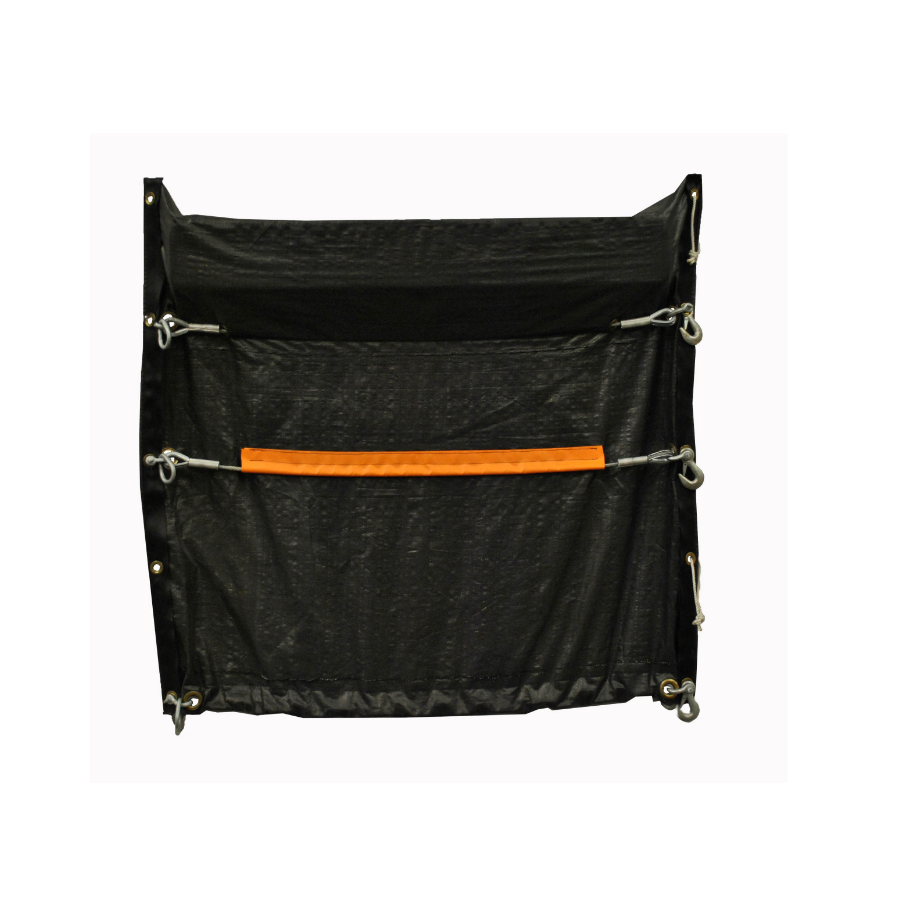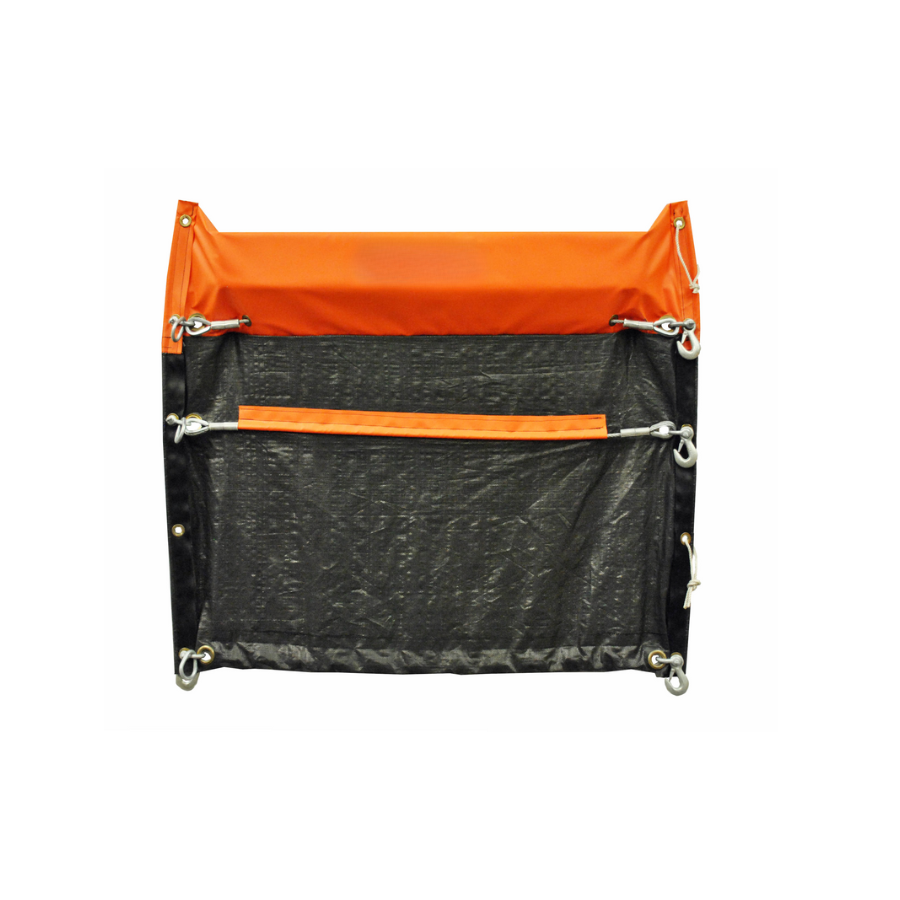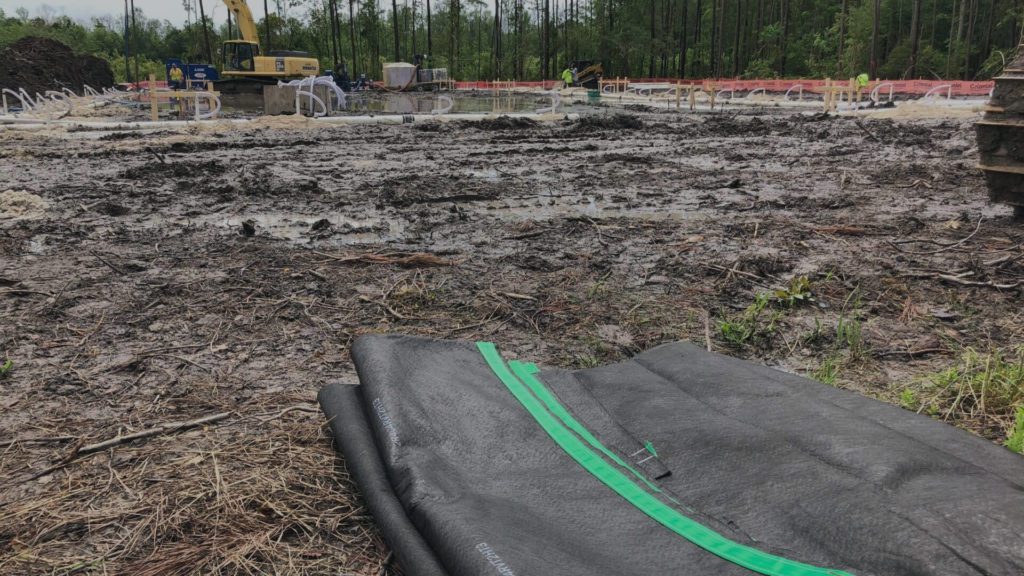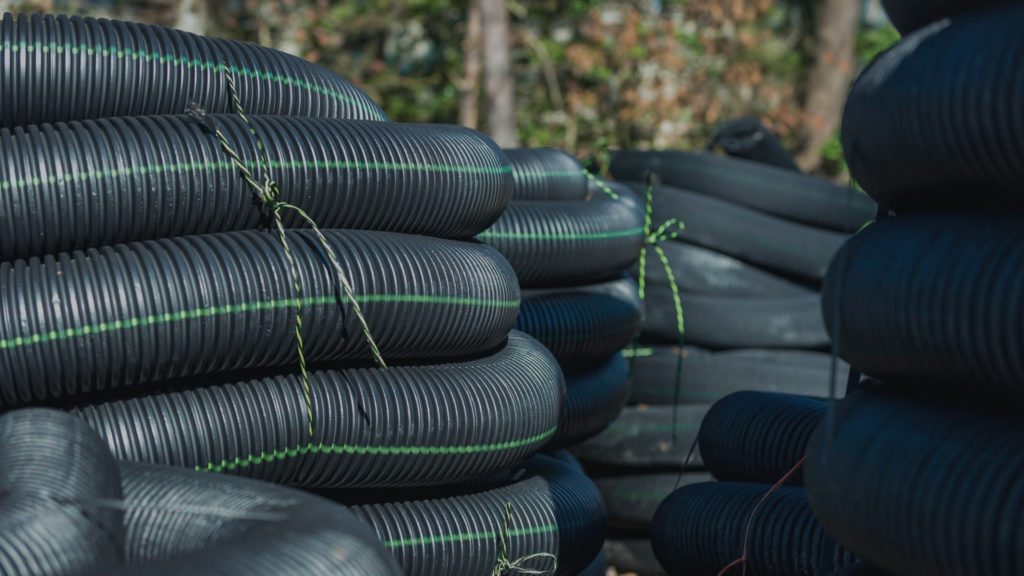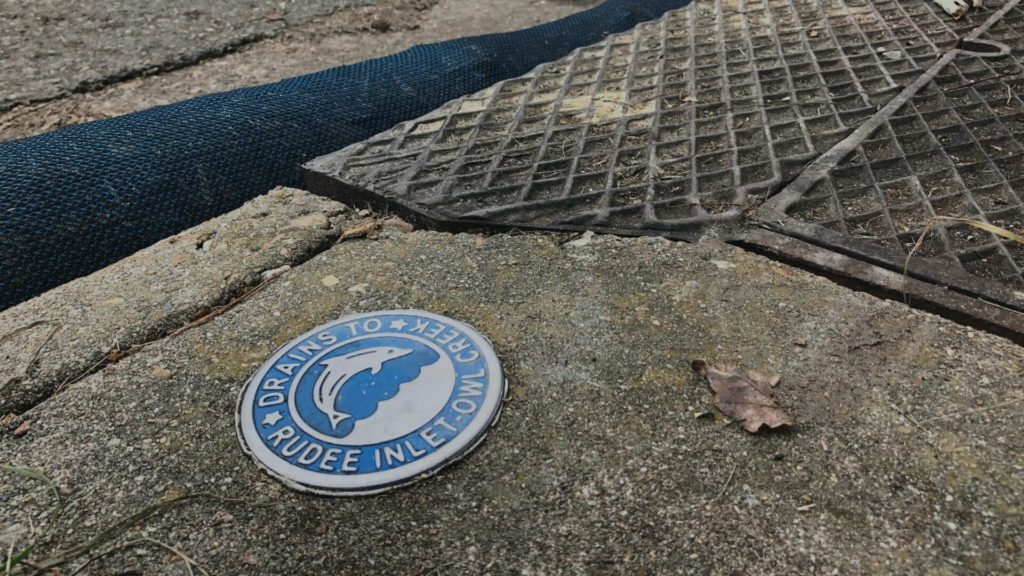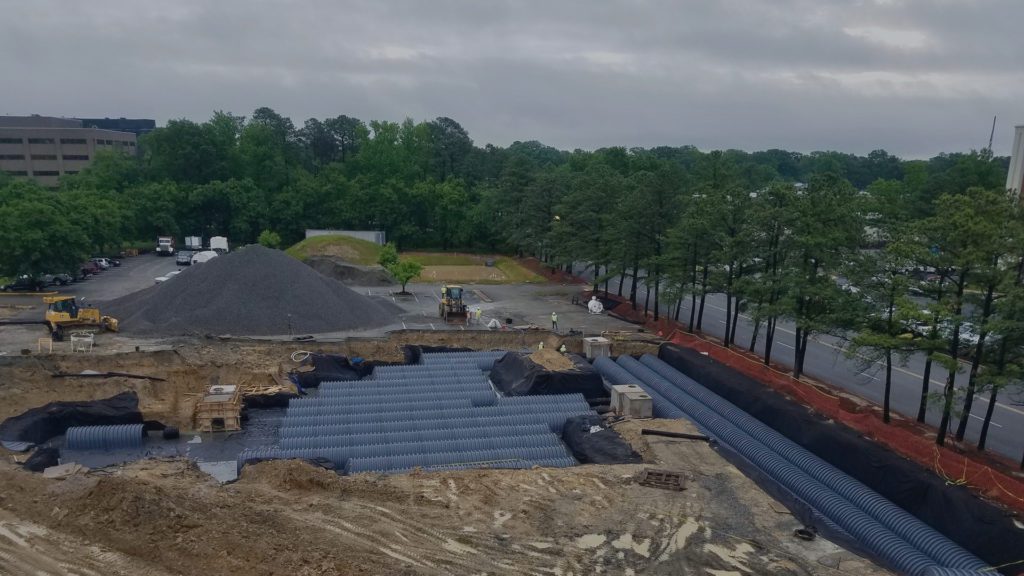Turbidity Curtain Water Barriers
for Debris Containment and Environmental Clean Up Projects
A turbidity curtain is a water barrier that contains sediment, debris and pollutants to prevent contamination around streams, shorelines and construction projects. Turbidity curtains trap sediment to prevent downstream pollution just like silt fence traps sediment and releases filtered water on land. Install these water barriers to contain sediment, logs, trash, and hazardous materials on marine construction projects and oil spills.
Type I Turbidity Curtain
Type II Turbidity Curtain
Type III Turbidity Curtain
Custom Made Turbidity Curtains
Turbidity curtains are made to order per plan specifications. Every curtain has a marine-grade floating device and a skirt that extends to the floor. Water conditions determine the type of curtain you need while application determines permeability.
Choose from three options for permeability: pervious, impervious or impervious/pervious
Pervious Turbidity Curtains
For ‘flow through’ applications, a pervious water barrier is required. These curtains are manufactured from woven geotextile fabric and allow water to flow through while retaining most sediment and debris.
Impervious Turbidity Curtains
In most containment and barrier applications, the specified curtain is impervious. An impervious Turbidity Curtain is manufactured from 22.0 oz PVC coated polyester. PVC contains silt while preventing material flow through.
Impervious/Pervious Curtains
This combo water barrier has a impervious PVC-float and a pervious geotextile curtain that allows water to flow through.
Choose from standard options or request custom-made sizes.
| Section Length | Skirt Depth |
|---|---|
| 50-foot standard | 3-foot standard |
| 100-foot standard | 5-foot standard |
| additional sizes available |
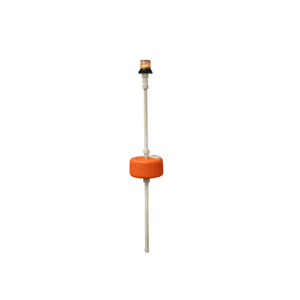
Boom Marker Light
Add a weather resistant Boom Marker light for temporary use during installation or permanent visibility. Boom Lights are easily rigged to an anchor point, oil boom or turbidity curtain.
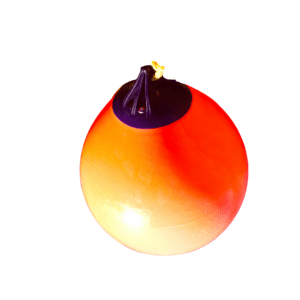
Buoys
Add buoys for improved visibility. Connect buoys to water barriers or link multiple together to create a chain. Inquire about available sizes.
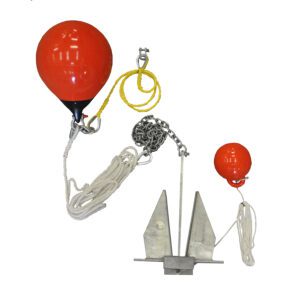
Anchor System
Add an anchor system to connect booms, turbidity curtains and buoys. Anchor systems are standard to 150-feet water depth and available in multiple weights to match water conditions.
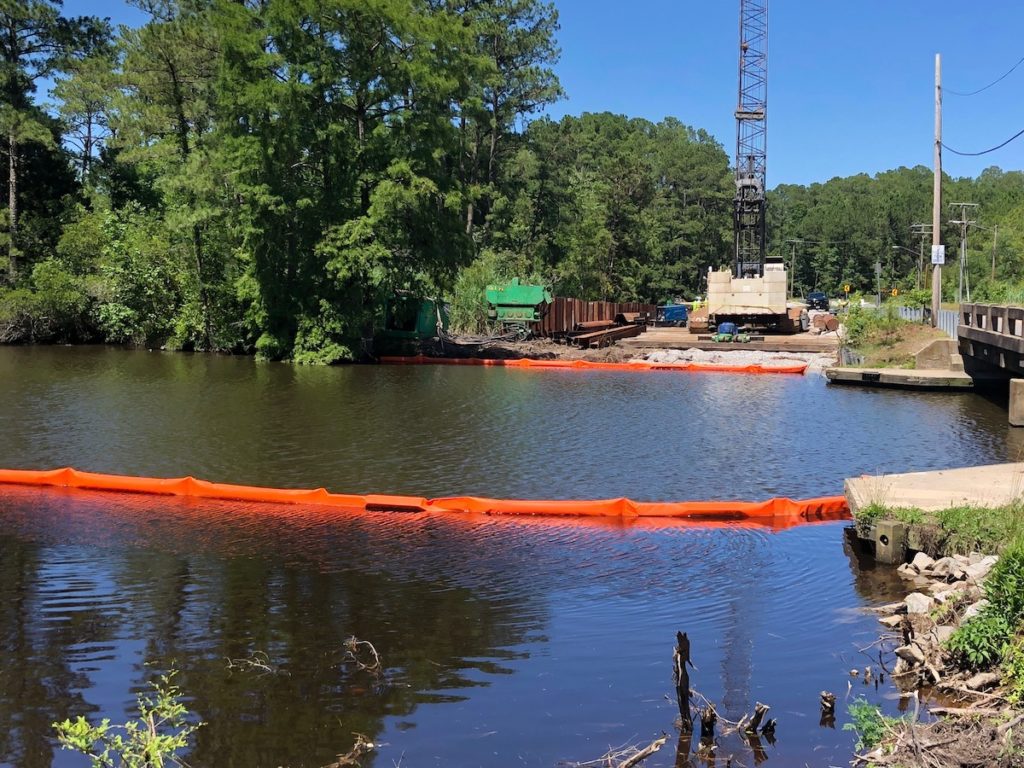
Project Feature: Sandbridge Bridge Replacement
An Impervious Turbidity Curtain contained sediment and debris in Hell’s Creek during this bridge reconstruction project in Virginia Beach.
Explore More Stormwater Solutions
Need a price?
Contact our sales team to get started.


